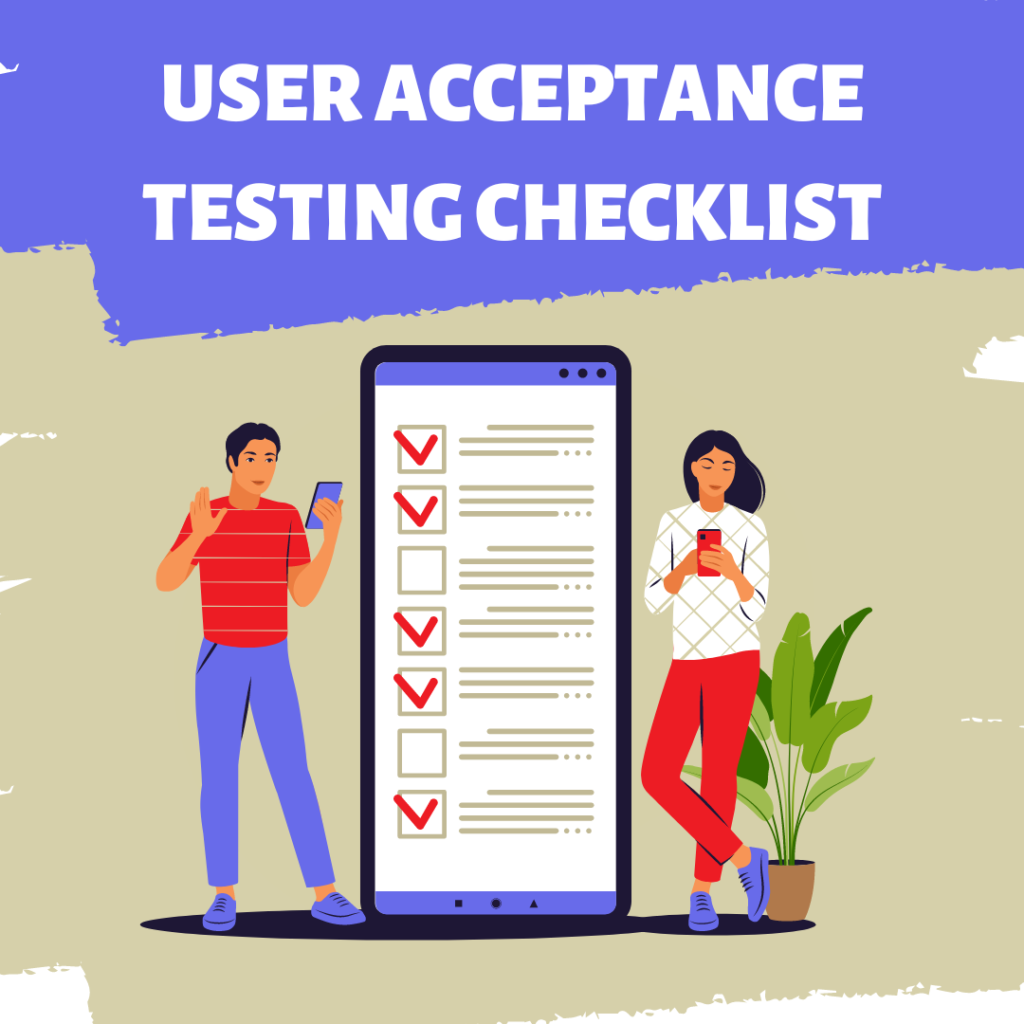It is of utmost importance for a software quality consultant to guarantee that a software product satisfies the requirements and anticipations of its users. User Acceptance Testing (UAT) is an essential component of this procedure as it verifies that the software operates as intended and is prepared for implementation. In order to optimize the efficiency of the UAT process, it is critical to utilize a comprehensive protocol. A comprehensive UAT check list includes critical considerations for the testing phase.
User Acceptance Testing Checklist:
| Checklist Item | Description |
|---|---|
| 1. Test Environment Setup | Ensure that the UAT environment mirrors the production environment to accurately simulate user experience. |
| 2. Test Cases Preparation | Develop clear and detailed test cases based on user requirements and acceptance criteria. |
| 3. Stakeholder Involvement | Engage key stakeholders to participate in testing to validate that the software meets business needs. |
| 4. Functional Testing | Verify that all functions and features work as expected and align with user expectations. |
| 5. Usability Testing | Evaluate the software’s user interface, navigation, and overall user experience for ease of use. |
| 6. Performance Testing | Assess the software’s performance under various load conditions to ensure optimal responsiveness. |
| 7. Security Testing | Test the software for vulnerabilities and ensure that sensitive data is protected from security threats. |
| 8. Compatibility Testing | Validate that the software functions correctly across different devices, browsers, and operating systems. |
| 9. Regression Testing | Conduct regression testing to verify that new changes do not adversely impact existing functionalities. |
| 10. Data Integrity Testing | Check data consistency, accuracy, and integrity to ensure that the software processes information correctly. |
| 11. Documentation Review | Review user manuals, guides, and documentation to ensure they are comprehensive and user-friendly. |
| 12. Acceptance Criteria | Verify that the software meets all defined acceptance criteria and user expectations. |
| 13. Bug Tracking and Reporting | Document and track any identified issues, prioritize them based on severity, and ensure timely resolution. |
| 14. User Feedback Collection | Gather feedback from users during testing to incorporate valuable insights for further improvement. |
| 15. Sign-Off Process | Obtain formal sign-off from stakeholders confirming that the software is ready for production deployment. |
The user acceptance phase, which ensures that the software satisfies business and user expectations, is a crucial component of the software development lifecycle. Software quality consultants can guarantee a successful software release that satisfies user requirements and provides a seamless user experience by adhering to a comprehensive protocol such as the one presented above during UAT planning, execution, and conclusion.
With the ultimate objective of delivering a dependable and user-friendly software product in mind, a meticulously organized UAT checklist functions as a strategic guide for quality assurance, directing software testing endeavors.
A comprehensive enumeration of critical factors to contemplate throughout the testing phase is furnished in conjunction with an exposition of the significance of User Acceptance Testing in software development. The systematic and structured layout of the checklist in tabular form facilitates a comprehensive evaluation and verification of the software product during UAT.
Summary:
- Define Scope & Objectives: Clearly establish what features will be tested and what the specific goals of the UAT are.
- Identify & Select Testers: Recruit end-users and assign roles and responsibilities to them.
- Create UAT Plan: Develop a comprehensive plan outlining the testing process, timeline, resources, and criteria for success.
- Prepare Test Environment: Set up a realistic environment that mirrors the production system.
- Prepare Test Data: Gather or create real-world data to use during the testing phase.
- Define Acceptance Criteria: Set clear, measurable benchmarks for when the software will be considered acceptable.

